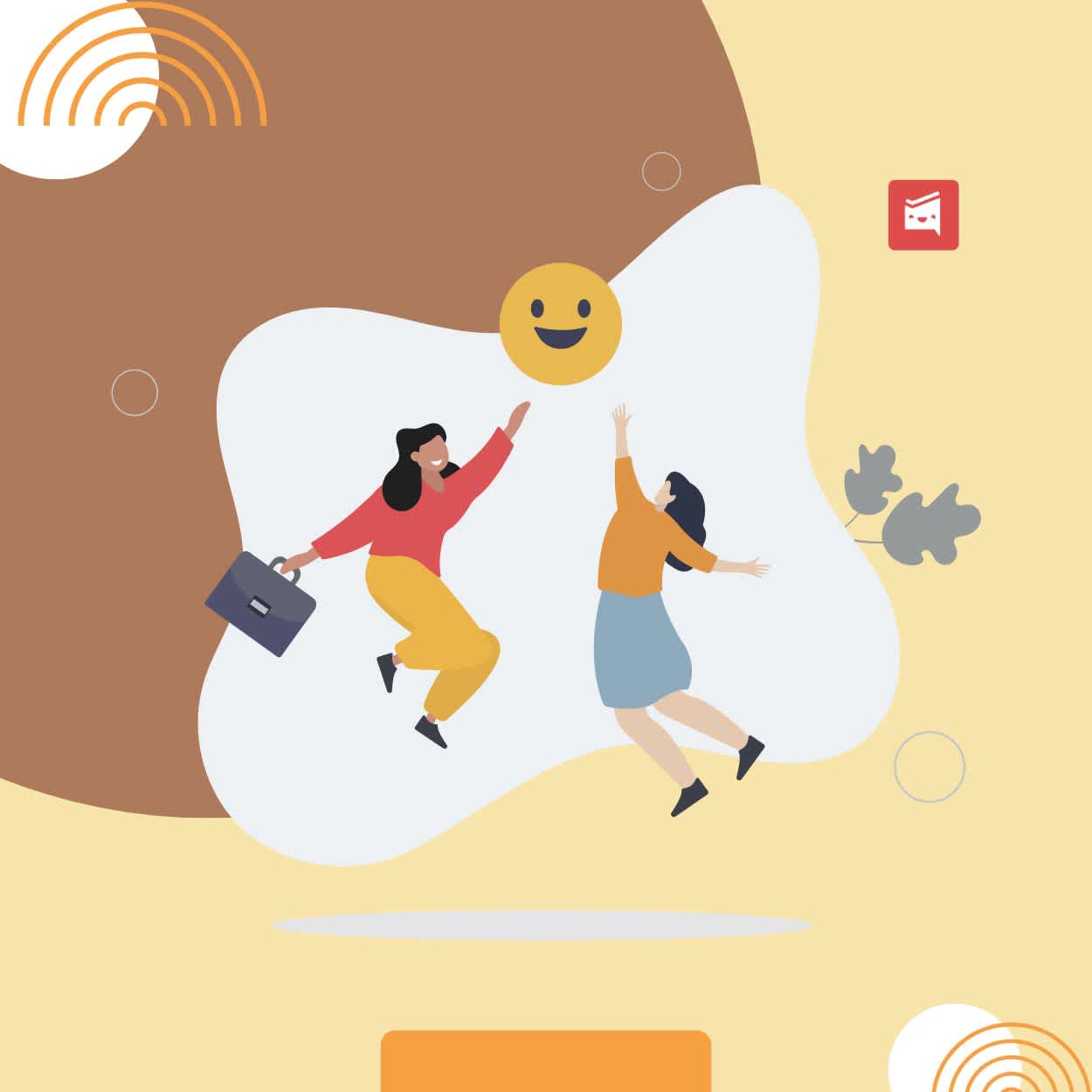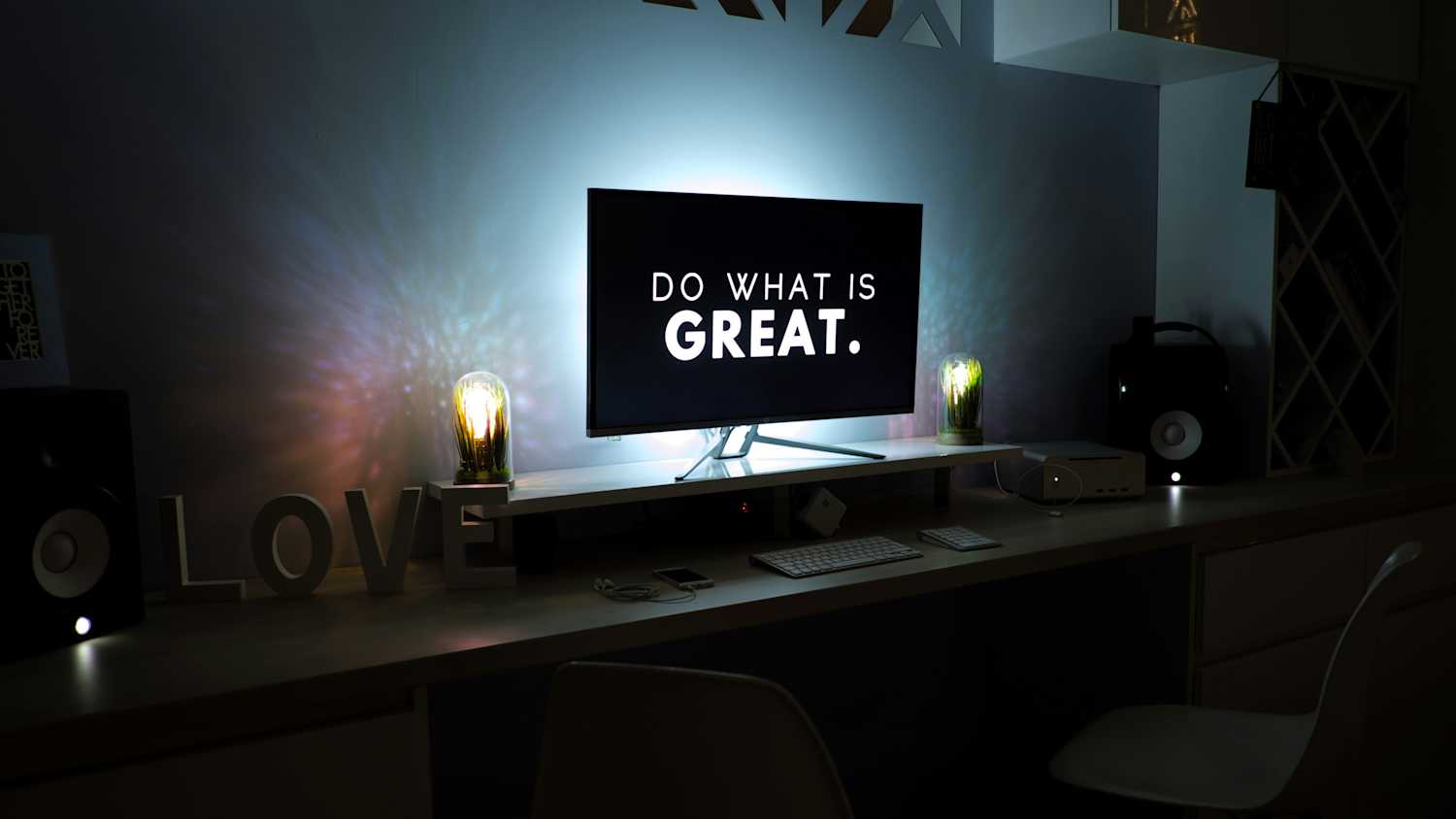Innovative Ways to Boost Motivation at Work
ByJulian Gette
Workast publisher

Workast publisher
The puzzle of workplace motivation has been one employers have constantly tried their hand at solving. Employees do their best work when they’re self-driven, invested in the organization’s goals, and feeling a degree of fulfillment in executing them. But as the rigors of the daily status quo set in, as problems become more complex, or as the work environment begins to shift in response to outside pressures, employee engagement may start to wane.
It’s a natural phenomenon, if a frustrating one; and its ongoing presence in the American workplace leaves leaders like you asking, “When my team’s fire starts going out, how can I rekindle it?” How can you re-engage burnt-out team members, win over would-be cynics, and unite everyone in pursuit of a common organizational goal?
When the established process starts to feel stale, you just need to get a little creative. In this article, we’ll break down methods that will boost motivation among your team members by exploring three key principles: visualization, recognition, and gamification.
First, let’s talk about visualization. Sometimes, employees lose motivation because they don’t see the point of the work they’re doing. Checking deliverables off of a weekly priorities doc or a quarterly calendar can start to feel like a Sisyphean task; you push the boulder up the hill, turn it in, only for it to roll right back down at the beginning of the next period. Employees stuck in this rut feel as though their work is pointless, and need a better way to see and connect their daily labors with tangible value.
This can be accomplished through the use of visually oriented planning tools, using graphics and charts to outline every stage of project progress. These tools allow employees to see when they’ve hit their goals, what measures must be taken to reach them, and where there’s space for creative innovation throughout the process. Charts and graphic depictions can then depict the concrete impact of employees’ efforts, helping them feel directly connected to the results of their labor.
In addition to clearly delineating responsibility for different aspects of the project, the use of graphics and charts can actively encourage employees to take up white space, encouraging them to insert their ideas where possible. Mood boards can supplement creative efforts at this stage by giving employees a space to toy with ideas and their representations, uniting images, graphics, and other design elements to construct their own proposals. Moreover, mood boards are easy to set up: all that’s needed is a foundation of a core aesthetic, white space, and employee participation.
Another way to keep employees engaged is to offer them recognition. It’s easy, from an employee’s perspective, to feel as though your efforts go unnoticed – that you’re turning your work in to a faceless machine, instead of a cadre of human beings also doing their own labor, and striving to help everyone succeed. The consequences of such a condition going untreated is that employees will do the bare minimum, grow detached from company ideals, and eventually seek fulfillment elsewhere.
To keep employees engaged and satisfied, you must recognize good work, and have some measures for recognition built into your processes. Try:
Offering gift cards/gift baskets
Public shout-outs via communication channels
Regular promotions/salary bumps
Providing bonuses to standout employees
Organizing a company event
Creating a wall of fame
Flexible work environments, or work-from-home privileges
Bestowing benefits like special parking privileges
Giving trophies
For recognition to truly land, you have to make sure whatever measure you take is both public and personal. Handwritten thank-you notes are a truly special way to thank an employee who has gone above and beyond; but the effect is compounded when, along with that note, you give that employee a shout-out on the company's LinkedIn. It should also be noted that any public recognition you provide also gives other employees an ideal to aspire to – and the rewards in store if they reach that ideal.
Finally, we come to gamification. Tapping into your employees’ competitive spirits can be a fantastic way to get everyone engaged, working toward the same goal, and providing an array of creative options that drive project progress. Gamification can be used to advance multiple company aims, from encouraging ongoing learning to producing inspiration for new projects and campaigns.
The effectiveness of gamification, like recognition, is largely contingent on the reward offered; but unlike the recognition principle, it’s also contingent on how you shape the “game,” so to speak. Incorporating game elements like points, penalties, and levels into otherwise standard project processes inspires your more competitive employees to rise up to the challenge set, participating with more fervor than they might without those elements.
Keeping your employees engaged is all about mixing up the status quo, and introducing new elements to their work that put a fresh spin on old processes. Use the three principles above, or come up with your own innovative take on them, and you’ll find your employees become driven, collaborative members of your organizational framework.
